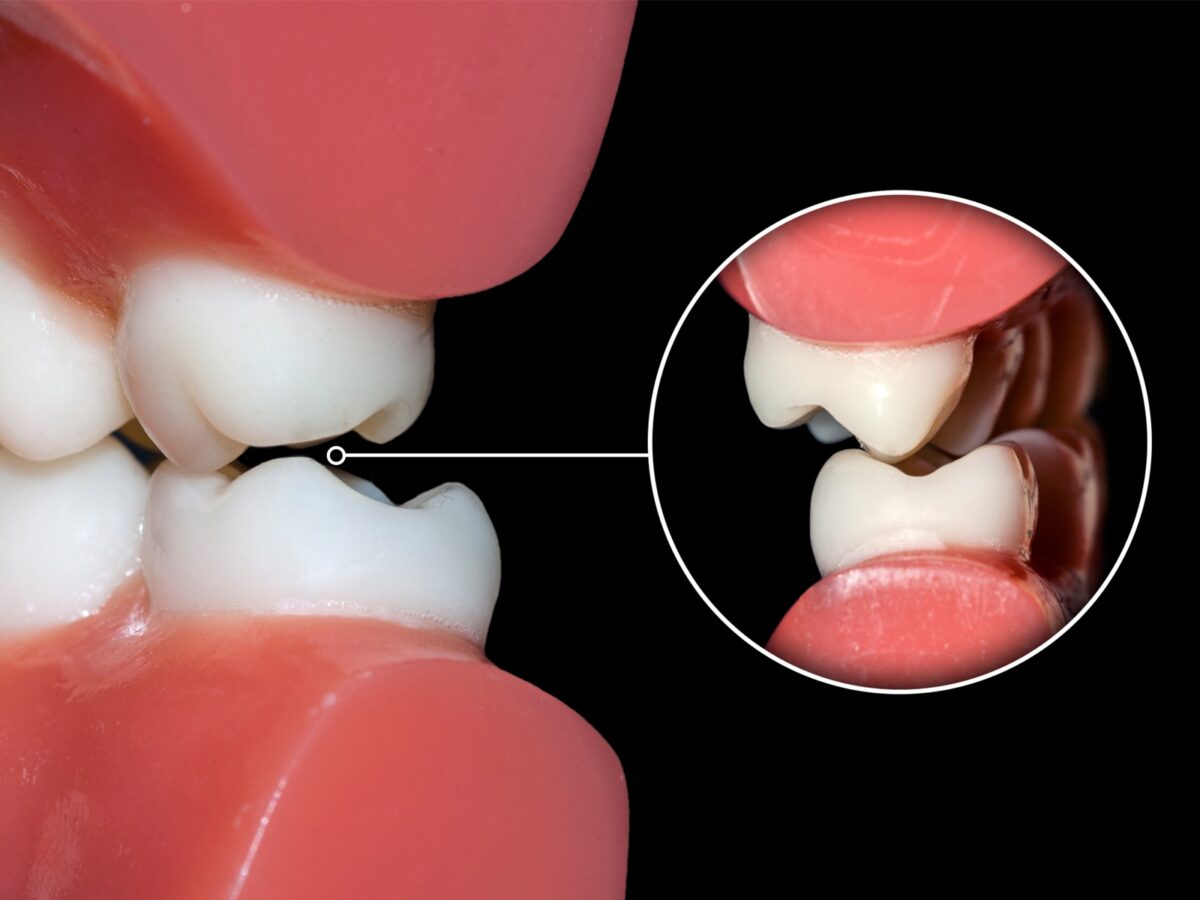River Walk Dental Orthodontics
Blog
Dental hygiene tips for healthy teeth & gums

What is Dental Occlusion?
Dental occlusion is the way your teeth in the mandible (lower jaw) and maxilla (upper jaw) are in contact with each other. In layman terms, the alignment of teeth and jaws is what dentists refer to as occlusion. This contact determines the functional relationship of teeth. People who have normal occlusion do not have any trouble speaking or eating. Read on to find out why do alterations in the occlusions affect your teeth and gums.
Importance of occlusion
Occlusion is an important part of the masticatory system. The way your teeth are placed in your mouth determines the ease of activities like smiling, speaking and eating for you. Properly chewing the food ensures that the chances of developing plaque are lessened. If the occlusion in young children is improper, it may affect the way their teeth develop. This can be tested by observing if their upper and lower jaw properly align together or not.
Being able to speak properly is another major activity that depends on dental occlusion. In case you have some alterations in the occlusion, the condition is referred to as malocclusion. It can affect the look of your face and can cause dental diseases and speech problems. It may also lead to problems like temporomandibular joint disease. The causes of malocclusion range from heredity to some trauma or habits. In some cases, tooth extraction may also lead to malocclusion.
Types of occlusion
Following are the types of dental occlusions that are observed to find out if there is some problem in the alignment:
- Static occlusion- it refers to how your teeth are arranged when the jaw is closed and not moving.
- Dynamic occlusion-. It observes the contact teeth make when the lower jaw is moving. Dynamic occlusion is commonly known as articulation.
- Centric occlusion- it is the occlusion between opposing teeth. It is also known as intercuspation position or a habitual bite.
Why should you worry about your occlusion?
Many orthodontists prefer occlusion treatments if you do not have what is called “a good bite”. These treatments include-wearing a nightguard, occlusal adjustment, or even braces. These therapies ensure that your teeth are properly aligned to provide you comfort. Certain habits like grinding the teeth in adults and thumb sucking in young children may negatively impact the occlusion. A bad occlusion also affects the articulatory muscles that are a part of your masticatory system. Occlusion may worsen an existing periodontal disease. Bruxism and dental gaps also lead to malocclusion.
Visiting a dentist is the right way to find out if you have the right occlusion or not. They can help you with an orthodontic treatment in case there are some deviations from the normal occlusion type. Occlusion has a significant role to play in our overall dental health. By affecting the way we speak, eat or smile, it controls almost all the important functions performed by our teeth. So, to find out if you have the right alignment of teeth for proper oral functions, visit a dentist immediately.
Book Appointment to find out which treatment might be best for you.
